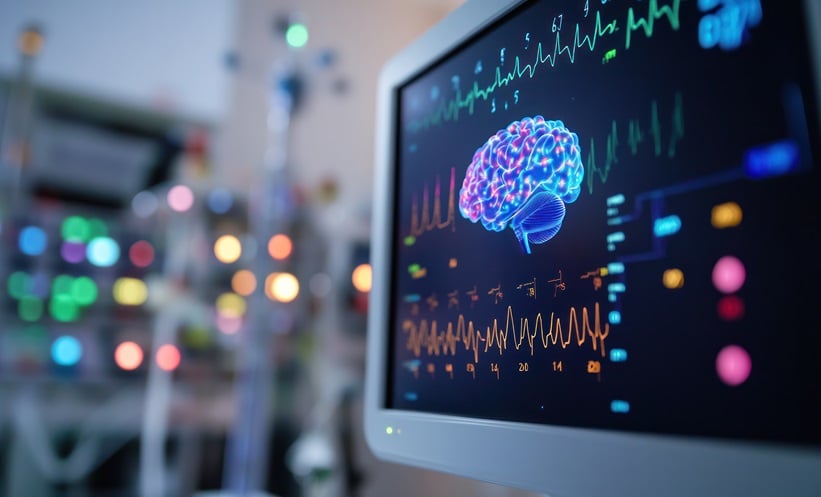A RANDOMISED clinical trial has found that personalised high-definition transcranial direct current stimulation (HD-tDCS) significantly improved mood in adults with moderate-to-severe depression compared with sham therapy, suggesting a promising new non-invasive treatment option.
Transcranial Direct Current Stimulation in Depression Therapy
As depression has been linked to altered neural activity across a range of brain regions, transcranial direct current stimulation has emerged as a potential alternative treatment; however, research on the precision and focality of stimulation is necessary as these could influence therapeutic outcomes. This trial explored whether a more targeted form, personalised HD-tDCS, could enhance its antidepressant effects.
Randomised Trial Tests Personalised HD-tDCS
Researchers at the University of California, Los Angeles (UCLA), California, USA, conducted a double-blind, sham-controlled randomised clinical trial between December 2020–March 2024, enrolling 71 adults aged 18–65 years who met criteria for a current major depressive episode. Participants were randomly assigned to receive either active (n=40) or sham (n=31) HD-tDCS therapy, 20 minutes daily over 12 consecutive working days. Each participant’s stimulation target was individualised using structural MRI and frameless stereotaxic neuronavigation. The primary endpoint was change in 17-item Hamilton Depression Rating Scale (HAMD) scores from baseline to post-treatment.
Results Indicate Moderate, Rapid Improvement
Active HD-tDCS produced significantly greater mood improvement compared with sham treatment (group difference: −2.2 points; P=0.04; Cohen d=−0.50). Mean HAMD reductions were −7.8 points in the active group versus −5.6 in the sham group. Treatment was well-tolerated, with only mild adverse effects reported. Exploratory analyses also revealed a significant reduction in anxiety symptoms in the active treatment group. Notably, the magnitude of improvement achieved after only 12 days paralleled effect sizes typically seen much later in antidepressant or psychotherapy trials, underscoring the potential for rapid clinical benefit.
Conclusion
This study supports HD-tDCS as a safe, fast-acting, and effective non-invasive option for depression treatment. Larger and longer-term studies are needed to assess durability of response and potential applications in anxiety and other mood disorders.
Reference
Jog MA et al. Personalized high-definition transcranial direct current stimulation for the treatment of depression: a randomized clinical trial. JAMA Netw Open. 2025;8(9):e2531189.






